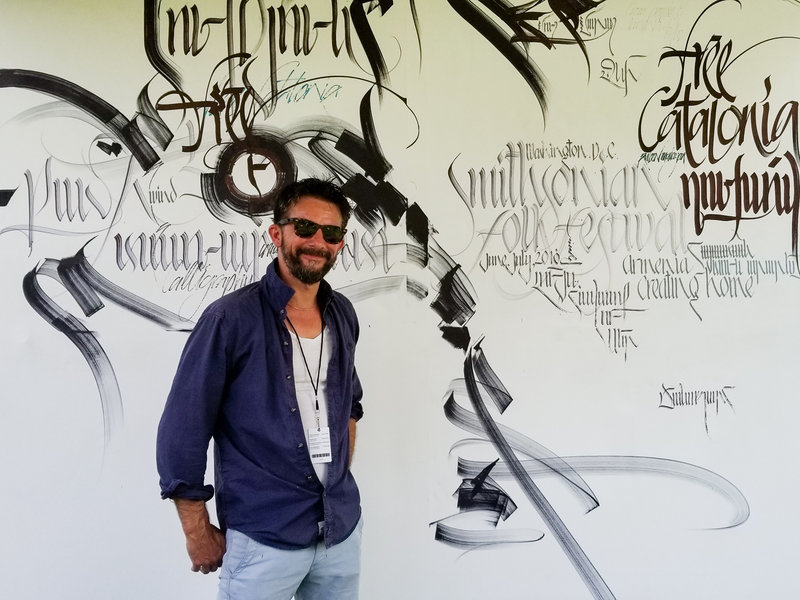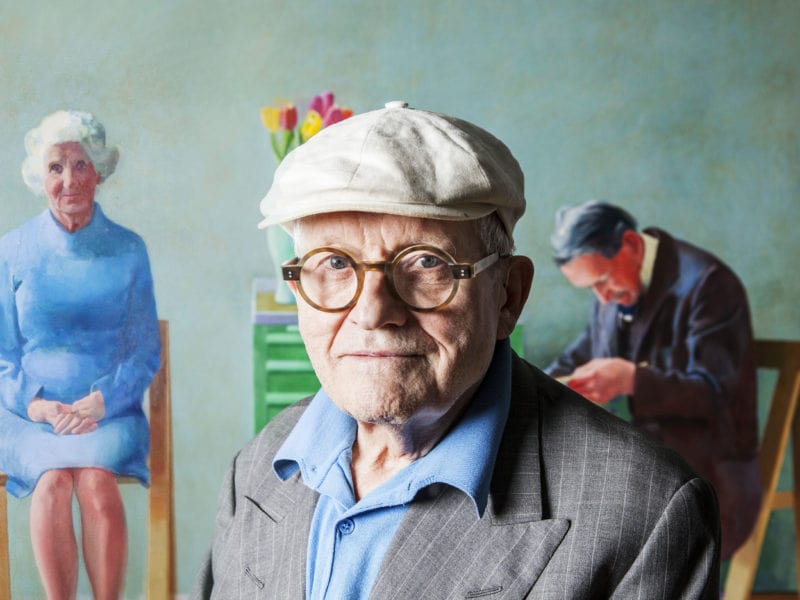The invention of art. A cultural history

The theme of this review is related to the moment in which art and craft are emancipated and differentiated in a drastic way, both in their functions and aesthetically. As a researcher interested in Mexican craft productions, the discussion raised by The Invention of Art
A cultural history becomes central to rethinking the typologies of crafts existing today. In this sense, when I mention the words “art” and “crafts” it is very likely that everyone has a more or less elaborated idea about what both mean, without us needing to be specialists in the matter.
There seems to be a very marked distinction between what is considered art, then artwork, and what is considered crafts, then popular art, crafts or handicrafts.
Whether it is the aesthetics of the objects or works that characterize both concepts, or the idea or representation of art and crafts that each person has formulated throughout his life, or even the familiarity with the respective objects, the case is that there is a separation and differentiation that has been legitimized through time.
With the intention of resuming the discussion on what is art and what is crafts, Larry Shiner’s book invites us to an interesting reflection: in the history of humanity, at what point did the split between art and crafts occur and for what purposes?
The author invites us to question what we have taken for granted in the field of art, that is to say, the idea that autonomous art has had its reminiscences during the Renaissance.
However, he is forceful in stating that the invention of art occurred between the 17th and 18th centuries following its gradual separation from the crafts and the emergence of the habit of collecting exotic objects by the European aristocracy.
To understand this separation, his discourse is based on two different conceptions: one traditional and ancient of art, and the other modern, which supposedly guides the idea of art that we have in the contemporary world.
The interest of this work lies in clearly discussing how the dissociation between crafts and art came about, but above all how art has become an autonomous field in recent centuries.
At first, it gives us the impression that it seeks to understand the social and ideological process of devaluation of craft activities in our time. However, what it really seeks to do is to understand how art has been invented from its separation from the craft trades. In order to understand this process, the main contributions of this book will be reflected upon and discussed.
The idea that the birth of art goes back to ancient Greece and acquires autonomy in the Renaissance is in itself quite comforting. However, Shiner provokes us to the point of destabilizing our certainties about this field and tries to understand when and how the ancient art/craft system was replaced by another that distinguished them sharply.
To begin with, it is worth remembering the meaning that art had for the Greeks: as we know, “the notion of art derives from the Latin ars and from the Greek techné, terms that refer to any human skill, whether it be riding a horse, writing verses, mending shoes, painting vessels or governing”.

The Greeks did not have a word for art in the sense we know it from a couple of centuries ago. Therefore, the words techné and ars refer first and foremost to the human capacity to do and execute something skillfully.
Today we conceive of art basically in terms of its difference from craftsmanship. According to the old ways of thinking, the opposite of art was nature and not craftsmanship. In this respect, the category of fine arts did not exist before the 18th century. Under the old system of art, there were neither craftsmen nor artists as we understand these concepts today.
Most of what we consider as Greek or Roman art was firmly established in social, political, religious and practical contexts, i.e. what was done in terms of painting, sculpture, dance, theatre, had a very well established social function.
Art was a virtually unknown notion, there was no real art market and no collectors, since all art had a very marked function (to educate, to adorn, for rituals and the needs of daily life). From Shiner’s perspective, artists provided merchandise just as shoemakers or upholsterers did, there was no social difference between them.
In this sense, discussions about the concepts of art and crafts are increasingly abundant and problematic from different theoretical disciplines such as art history and criticism, philosophy, cultural studies, sociology and anthropology.
We can cite the positions of Good (2010), Bourdieu (2010), Belting (2007), Bastide (2006), Gell (1998) and Becker (1982), who discuss the social role of art, the artist and craftsmen in Western society and throughout history.
On this, Fischer (1983) states that in primitive society art was a magical instrument, a weapon of the human community in the struggle for survival. Therefore, it was not an individual production but a collective one, being a social activity par excellence.
Similarly, the sociologist of art Roger Bastide (2006) argues when he discusses the social and collective origin of art, defining it as a technical activity of man. For both authors, art was directly related to the practice of rituals (such as cave paintings and dances) or to protect the body (painting and body decoration) thus responding to utilitarian purposes and the satisfaction of collective and religious needs.
Already in the medieval world, some of the artistic productions that we consider as crafts were admired as painting or sculpture. The medieval people did not distinguish between arts and “mere crafts”.



